Popular on Food52
9 Comments
Francesca
September 28, 2015
Just a humble home cook here but the salt/pasta/water ration seems way off to me. If you use 6 quarts per pound of pasta and 2 teaspoons per quart of water, you'd be using 12 teaspoons of salt. That seems outrages to me. And yes, while some does remain in the rater when you drain it (colander or otherwise) it's still an awful lot of salt. This sentiment that it must taste like seawater is unheard of in Italy….
audrey M.
February 24, 2016
http://www.epicurious.com/archive/blogs/editor/2014/02/golden-rule-for-pasta-how-much-salt-in-pasta-water-recipe-and-tips.html Many other xperts agree with him!
Bev B.
May 18, 2015
Trying to find the name of some type of draining spoon? About 3" wide and 4" long with a handle. Almost round, flat bottomed with circular ridges and holes around the base of the ridges. Each side is serated. Can you help?
paseo
October 8, 2014
I am with Jonakocht - less water=more starch in the water (I don't pour into a colander either). I am usually cooking less than a lb of pasta and got tired of waiting for that much water to come to a boil so started using much less years ago. Works really well and don't salt as heavily either. I know Batali is an expert but other ways work well too.
jonakocht
October 8, 2014
"Rules" #1 and #2 have both been debunked (check out Serious Eats, among others). As long as the pasta stays submerged it'll cook just fine, and if you salt your pasta water to sea levels (3.5% salt) it'll be inedible.
Giuseppe F.
October 9, 2014
wiki is not The Bible, 3,5%? no way. 10 times less: correct!
I've just reviewed the page,
regards
I've just reviewed the page,
regards
lazychef
October 8, 2014
This is a ridiculously juvenile question, but what pasta:sauce proportions do you generally shoot for? That is to say, about how many cups of sauce are ideal for a pound of pasta? I know it varies by sauce/pasta type, but I have a tendency to over- or under-sauce my pasta and am always frustrated because I'm never quite sure how much sauce to shoot for.
Pegeen
October 9, 2014
lazychef, there is no precise formula, because there are so many different types of sauces. You need to just use your senses of look and taste.
Add some sauce to the cooked, drained pasta, swirl it in, taste some sauced pasta. Always better to start with adding less sauce rather than more, as you can always add more, but trying to thin out the flavor after the fact generally involves cooking more pasta and adding it to dilute. Too much work.
Add some sauce to the cooked, drained pasta, swirl it in, taste some sauced pasta. Always better to start with adding less sauce rather than more, as you can always add more, but trying to thin out the flavor after the fact generally involves cooking more pasta and adding it to dilute. Too much work.
Pegeen
October 9, 2014
p.s. Once you have done it several times, and the taste is to your liking, you'll be able to do it by eye. Note that the amounts of sauce change depending on the sauce and type of pasta you're using. So harking back to the rule of thumb: start by adding a little sauce, taste. Add more to taste. Always easier to add more rather than to try to reduce a flavor.
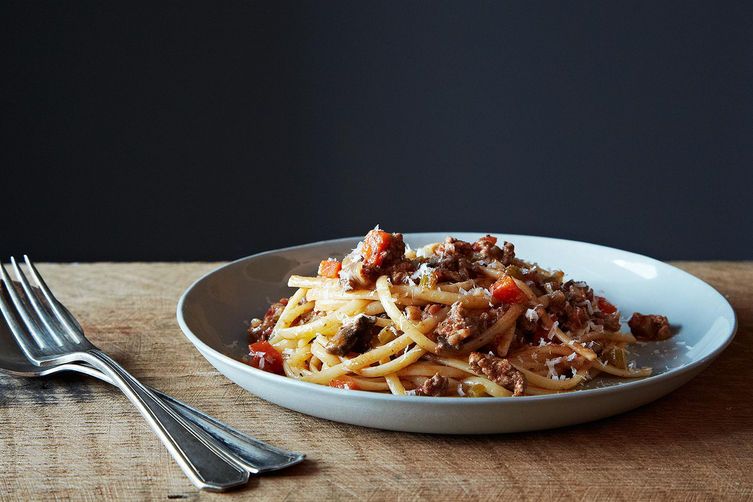

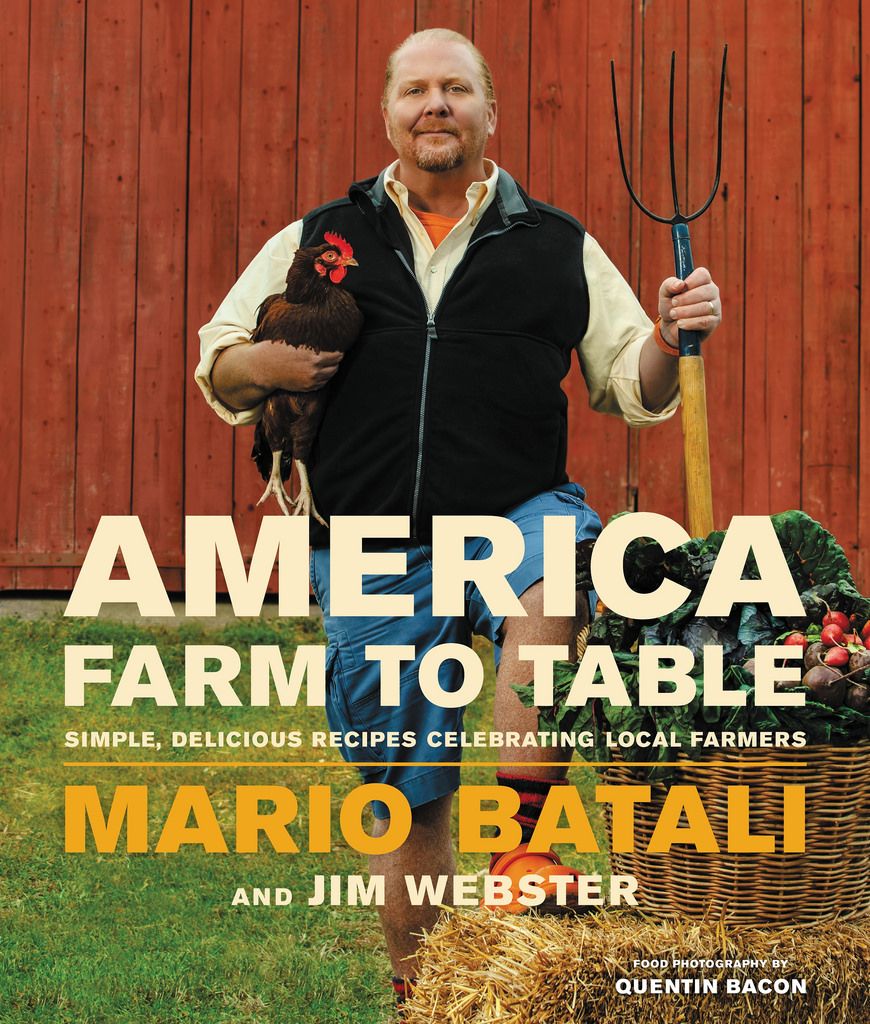

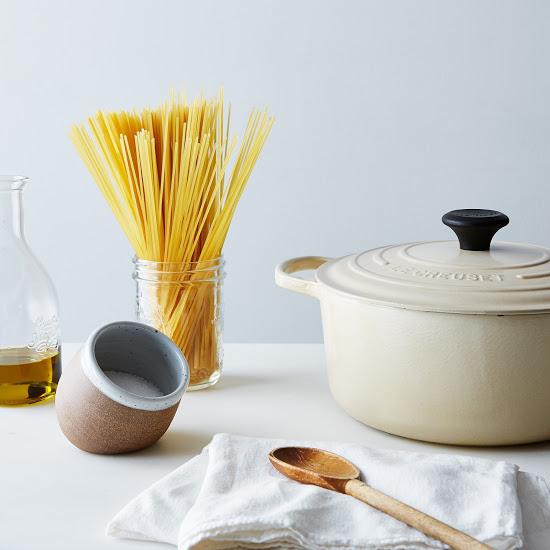
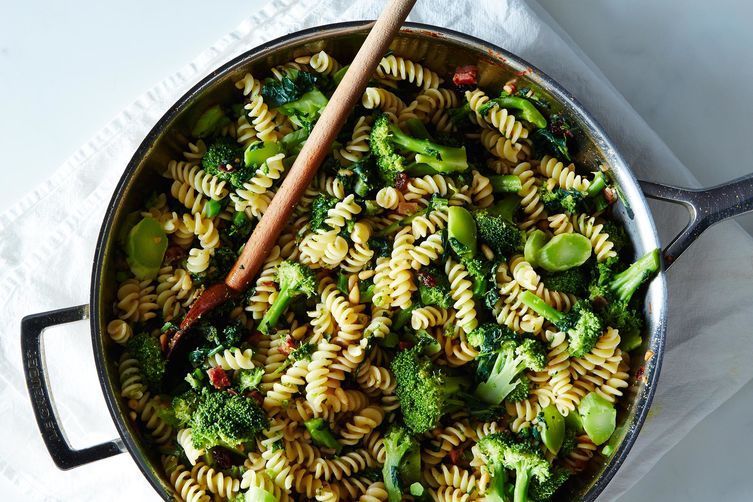
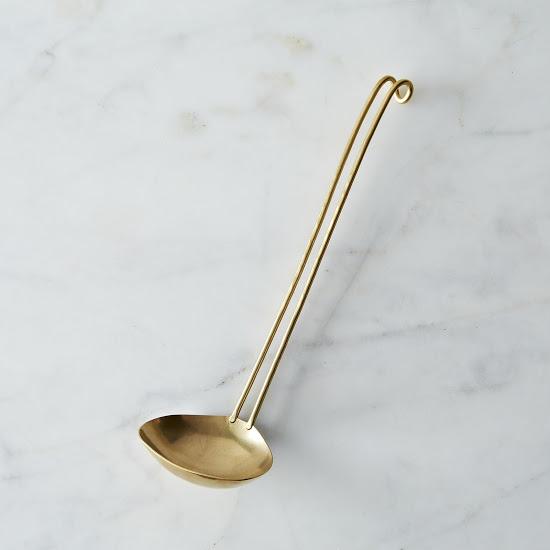
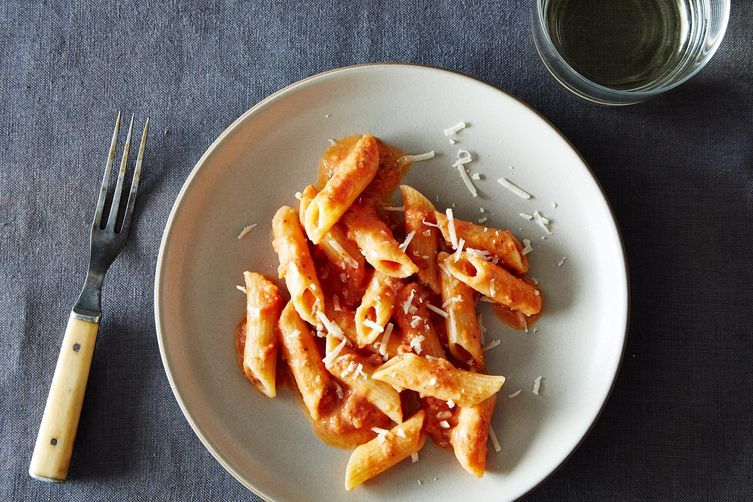
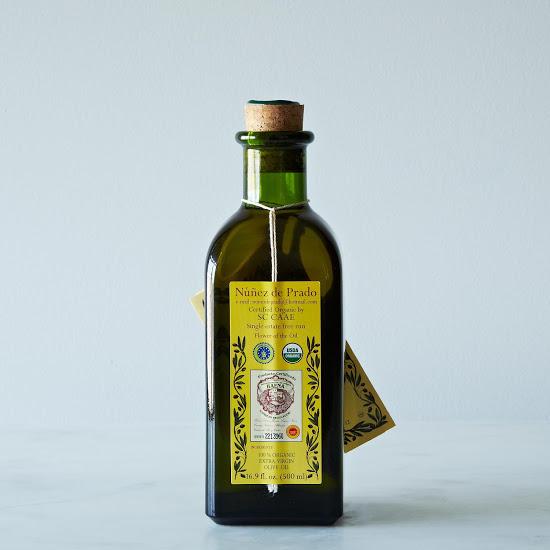
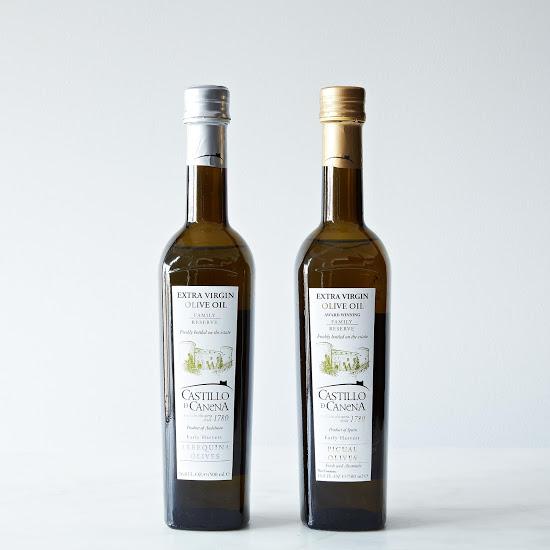

See what other Food52 readers are saying.